Cerebrolysin 215mg/ml (10ml)
SKU
$135.00
Cerebrolysin buy in vials of 215mg/ml (10ml) for education and development only. Cerebrolysin is a peptide-based drug used in research for its potential neuroprotective and cognitive-enhancing effects. It is a mixture of low molecular weight peptides and amino acids derived from porcine brain tissue. It is commonly available in a 215mg/ml solution and comes in a 10ml vial. It is important to note that Cerebrolysin is not approved by regulatory agencies such as the FDA for clinical use in humans and is only intended for research purposes.
Cerebrolysin is a low molecular weight, porcine-derived peptide preparation with free amino acids that have a variety of research applications due its neuroprotective and neurotrophic properties. The preparation includes active peptide fragments including nerve growth factor, BDNF, Ciliary Nerve Growth Factor, P-21, enkephalins and orexin.
Cerebrolysin has pharmacodynamic neurotrophic and neuroprotective activity that mimics endogenous neurotrophic factors. Neurotrophic factors are molecules that are responsible for growing, maintaining, and repairing neurons. They also have neuroprotective properties which strengthen neural pathways and the integrity of the neurons themselves. They are also responsible for promoting synaptic plasticity, which is a way the brain strengthens certain neural pathways.
PRODUCT USAGE WARNING : This PRODUCT IS INTENDED AS A RESEARCH CHEMICAL ONLY. This designation allows the use of research chemicals strictly for in vitro testing and laboratory experimentation only. All product information available on this website is for educational purposes only. Bodily introduction of any kind into humans or animals is strictly forbidden by law. This product should only be handled by licensed, qualified professionals. This product is not a drug, food, or cosmetic and may not be misbranded, misused or mislabled as a drug, food or cosmetic.
Description
BUY CEREBROLYSIN PEPTIDE FOR SALE ONLINE
Cerebrolysin
Cerebrolysin (FPF-1070) is not a single peptide, but rather a mixture of peptides derived from tissues of the porcine central nervous system. It is known to contain brain-derived neurotrophic factor (BDNF), glial cell line-derived neurotrophic factor (GDNF), ciliary neurotrophic factor (CNTF), and nerve growth factor (NGF). It is primarily of interest in the treatment of neurodegenerative disorders like dementia (especially vascular dementia) and has been researched heavily in the setting of acute stroke.
Cerebrolysin Peptide For Sale online only at USA Peptide Store where you can buy USA Research Peptides online. Shop over 100 research peptides online now for fast shipping and the best deal! Buy in bulk and Save! USA Peptide Store Your #1 Trusted USA Research Peptides Supplier.
If this product does not meet your needs or interests, you may want to look at CJC-1295 DAC 2mg & 5mg. Please visit this link for further information on our Other Peptides
Cerebrolysin Structure
PubChem CID: 472407974
CAS Number: 12656-61-0
Synonym: Cerebrolyzin, FPE 1070, Renacenz, 37KZM6S21G
Cerebrolysin does not have a single structure because it is a naturally derived admixture of several peptides. The FDA has categorized it as an orphan drug, which means that it may be used to treat a disease so rare that it is not profitable to further study Cerebrolysin without government assistance. In this case, Cerebrolysin receives the designation because of its potential use in the treatment of frontotemporal dementia as well as amyotrophic lateral sclerosis (ALS).
What is Cerebrolysin?
Cerebrolysin is made up of several neuropeptides including:
• brain-derived neurotrophic factor (BDNF),
• glial cell line-derived neurotrophic factor (GDNF),
• ciliary neurotrophic factor (CNTF), and
• nerve growth factor (NGF).
Cerebrolysin was first developed in Austria in 1949. It has since been widely used in the eastern part of the world, particularly Russia and China. It has been considered a Vital and Essential Medicine in Russia since 1992.
Research shows that Cerebrolysin readily crosses the blood-brain barrier in sufficient concentrations to produce pharmacodynamic effects in the brain and spinal cord. The full molecular action of each component of Cerebrolysin has yet to be elucidated, but progress is being made in this area.
What Does Cerebrolysin Do?
The easiest way to understand what Cerebrolysin does is to investigate what each of its constituent parts does. Standard Cerebrolysin is made up of the following four major components.
Brain-Derived Neurotrophic Factor: BDNF or abrineurin is a protein in the central nervous system that plays important roles in neuron growth, synapse growth and synapse health. It has been shown to be an important factor in glutamatergic signaling and NMDA receptor activity. Alterations in BDNF expression patterns have been observed in schizophrenia, depression, Alzheimer’s disease, and epilepsy. It is also an important mediator of the stress response, memory following fear/trauma, and is thought to be important in the development of post-traumatic stress disorder.
Glial Cell Line-Derived Neurotrophic Factor: GDNF is a peptide in humans that promotes the survival of neurons and is made by the cells that support them. GDNF is especially important in protecting the neurons that produce dopamine and motor neurons. It has been shown to decrease the loss of neurons during development. It might potentially be useful in the treatment or prevention of Parkinson’s disease and amyotrophic lateral sclerosis (ALS). It is also important in regulating kidney and sperm development and has been shown to speed up the clearance of alcohol from the body.
Ciliary Neurotrophic Factor: CNTF is a polypeptide hormone that is important in neurotransmission and the growth of certain neural populations like astrocytes. It has been investigated as a potential treatment of ALS and, oddly enough, as an appetite suppressant. A recombinant version of CNTF is being investigated as a potential treatment for retinitis pigmentosa, a degenerative eye disorder.
Nerve Growth Factor: NGF is a neuropeptide that regulates growth, survival, and proliferation of sensory neurons and sympathetic neurons. Research indicates that it is important in preventing programmed cell death in these populations of neurons. It is also important in the regulation of the immune system and is thought to protect pancreatic beta cells from apoptosis.
Together, these neurotrophic factors give Cerebrolysin its ability to protect neurons from various insults, promote neuron growth and survival, increase certain types of signaling in the central nervous system, and reverse some effects of neurodegenerative diseases. All told, Cerebrolysin has been shown in research studies to:
• expands neuroplasticity,
• increases neuron survival,
• protects neurons from insults,
• promotes neuron growth, and
• mediates certain neurotransmitter functions.
Cerebrolysin in Dementia
Research in patients suffering from dementia suggests that Cerebrolysin can improve global outcome measures and cognitive ability. There is interest in using the extract in combination with cholinesterase inhibitors to perhaps achieve a synergistic effect.
In 2012, a meta-analysis found that Cerebrolysin improves the symptoms of dementia with benefits lasting up to several months after treatment ceased. According to Professor Ricardo Allegri, MD, PhD, it may be useful in improving the neuropsychiatric symptoms associated with dementia.

Cerebrolysin dramatically improves cognitive function in Alzheimer’s disease and the effects of administering the peptide for 12 weeks persists for three months. Further study is needed to determine if continued administration of Cerebrolysin can extend the benefit seen in this research.
One of the hallmarks of neurodegenerative disorders like Alzheimer’s disease is the loss of dendritic connections. As these connections are lost, neurons lose the ability to communicate with one another and both neurons eventually die. Research in mice shows that Cerebrolysin improves the pathology that leads to deterioration between dendrites and axons in apoE-deficient mice, a model of neurodegenerative diseases. ApoE (short for apolipoprotein E) mutations are linked to certain forms of Alzheimer’s disease as well as atherosclerosis.
Though a lot of controversy surrounds the role of amyloid-beta in conditions like Alzheimer’s disease, there is no doubt that the amount of amyloid beta in the brain directly correlates with the level of dysfunction in the disease. Research shows that in addition to producing clinical cognitive effects, Cerebrolysin decreases amyloid-beta production by regulating one of its precursors. Both the timing and magnitude of this decrease correspond with changes in the severity of symptoms, suggesting that whatever effect Cerebrolysin is having, it is impacting both clinical measures and amyloid-beta concentrations through some common mechanism.
One of the interesting things about Alzheimer’s disease is delaying the onset of the condition by just five years will reduce overall disease burden by 50%. This would result in a major benefit to public health and drastically decrease per capita healthcare expenditures in the elderly population. Studies strongly suggest that Cerebrolysin may offer just such a benefit, leading to sustained reductions in the prevalence of Alzheimer’s disease.
Cerebrolysin in Parkinson’s Disease
As noted above, one of the components of Cerebrolysin is Glial Cell Line-Derived Neurotrophic Factor (GDNF). One of the primary roles of GDNF is the protection of dopamine producing neurons. Loss of these neurons in Parkinson’s disease is responsible for the motor deficits that are characteristic of the condition.
They may also play a role in the behavioral aspects of the disease. Research shows that timed-release nano delivery of Cerebrolysin to the central nervous system has a profound impact on all aspects of Parkinson’s disease (PD). Mice administered Cerebrolysin show clear clinical benefits and protection against Parkinson’s disease. Additionally, Cerebrolysin appears to lower the level of several hormones (e.g. ASNC, nNOS) that are associated with worsening Parkinson’s disease outcomes.
Cerebrolysin in Stroke
Research in Romania has shown that the use of Cerebrolysin following stroke is safe and well tolerated. This study, while not very large, at least established the relative safety of the peptide following hemorrhagic stroke. Other research, including a large meta-analysis, has since shown that Cerebrolysin is not only safe, but that it improves rates of recovery if given within 72 hours following a stroke.
In particular, the combination of Cerebrolysin and motor rehabilitation appears to be especially beneficial following stroke. A phase IV trial, carried out in Korea, found that in patients with severe motor dysfunction, the administration of Cerebrolysin in addition to rehabilitation produced far superior results. These results were confirmed by diffusion tensor and resting state functional MRI. The same benefit was not seen in the setting of mild stroke. This suggests that the major benefit of Cerebrolysin is to stimulate the growth of new neurons and neural connections. In settings where those connections are better persevered (mild stroke), the benefit of Cerebrolysin is not as obvious as in the settings where neurons and their connections are destroyed (severe stroke).

Interestingly, in studies in which Cerebrolysin is administered in the absence of rehabilitation, benefits are seen on cognitive but not motor scales. These findings suggest that Cerebrolysin supports and enhances organic learning, whether it be rote or motor learning, but that it does not facilitate it in the absence of effort.
Thus, Cerebrolysin doesn’t cause random neuron growth but only neuron growth in areas of the nervous system that are being “exercised,” for lack of a better term. This finding is further supported by research in rats that shows Cerebrolysin increases levels of proteins associated with neuron plasticity and decreases levels of proteins associated with apoptosis. In other words, Cerebrolysin enhances the benefits of working out the brain, but it doesn’t grow neural tissue in the absence of effort.
Cerebrolysin in Brain Injury
Research in infants with communication delay as a result of brain injury shows that the administration of Cerebrolysin dramatically improves outcomes when combined with speech therapy and other early interventions. This research further reinforces the findings from the stroke studies, which showed that Cerebrolysin is most beneficial when the goal is to encourage new growth of neurons and neuronal connections. Cerebrolysin may help to uncover some of the fundamental pathways involved in human learning, paving the way for the development of nootropics to speed up learning and improve memory.
There is also convincing research in the setting of cerebral palsy that indicates that Cerebrolysin can improve both cognitive and motor function following insult. In the latter, Cerebrolysin helps to increase the rate of gain of function in physical therapy. Long-term outcomes don’t actually differ, however, which is somewhat expected given that levels of neurotrophic factors are higher in kids and young adults.
In adults with traumatic brain injury, limited research from a double-blinded, placebo-controlled, randomized phase 2 pilot study has revealed that Cerebrolysin can improve cognitive function, motor control, and long-term memory. This study was carried out in a limited population suffering from mild traumatic brain injury, but suggests that Cerebrolysin has a significant benefit, when combined with standard therapy, in recovery following neurological injury. These findings follow research in rats showing that Cerebrolysin improves sensory-motor function following brain injury.
Cerebrolysin in Pain
A relatively unique discovery about the properties of Cerebrolysin is that it can help to control pain. Research in rats shows that Cerebrolysin can help to reduce pain and other symptoms associated with migraine. Measurement of pro-inflammatory cytokines like TNF-alpha and IL-1B shows that these pain-causing molecules are decreased following administration of Cerebrolysin.
These studies were carried out on rat models of chronic migraine, suggesting that Cerebrolysin may be particularly useful in those who suffer the most from these debilitating headaches. Given the difficulty of treating migraines, particularly chronic migraines, this finding represents an important step toward improved well-being for tens of thousands of individuals.
Similar pain-reducing effects have been seen in rat models of neuropathic (nerve) pain. Administration of Cerebrolysin in this setting helps to reduce mechanical pain, but not inflammatory pain. However, the study was not carried out long enough to fully rule out an effect on inflammatory pain. What makes this finding significant is that it shows a reduction in pain that likely results from the neurotrophic (nerve plasticity) properties of Cerebrolysin as well as from its neurogenic (nerve growth) properties.
Cerebrolysin Summary
The components of Cerebrolysin enhance neuron survival, promote the growth of new neurons and new neural connections, improve neuroplasticity of the brain, and mediate certain neurotransmitter functions. As such, it should come as no surprise that Cerebrolysin has shown benefit in several neurodegenerative conditions including ALS, Alzheimer’s disease, Parkinson’s disease, Stroke, and traumatic brain injury.
Future research is likely to focus on the ability of Cerebrolysin, when used over long periods of time, to prevent neurodegeneration from occurring in the first place. The peptide may even provide some pathways to cognitive enhancement in the future, helping us to better understand the mechanisms that govern learning, memory, and even intelligence.
Buy Wholesale Cerebrolysin From USA Peptide Store
At USA Peptide Store, our research peptides are of the highest purity and pharmaceutical grade. Our Cerebrolysin Peptide comes in 10ml (215mg/ml). We’re passionate about our products, and we always strive to provide our customers with the best in both selection and quality. All of the products we provide are tested to verify authenticity and purity, so you can conduct your research with confidence.
Searching for Cerebrolysin Peptide for sale? Look no further! Our online peptide store offers a wide range of Cerebrolysin Peptide, perfect for your research needs. Whether you’re in the United States, Australia, Canada, Germany, Sweden, France, Turkey, Thailand, Italy, Netherlands or the United Kingdom, we have you covered. We provide fast and secure shipping to multiple countries, ensuring that you receive your order conveniently and on time. Purchase Cerebrolysin Peptide that are now available for sale and in stock. With our competitive prices and extensive inventory, you can trust us to be your reliable source for Cerebrolysin 215mg/ml (10ml).
Want to learn more about our products or have a question about payment options? Our customer service team is here to help. So, what are you waiting for? order Cerebrolysin Peptide For Sale and experience first-hand quality service, prompt response and quick shipping. Stock up on the highest quality Cerebrolysin Peptide For Sale and more at USA Peptide Store today.
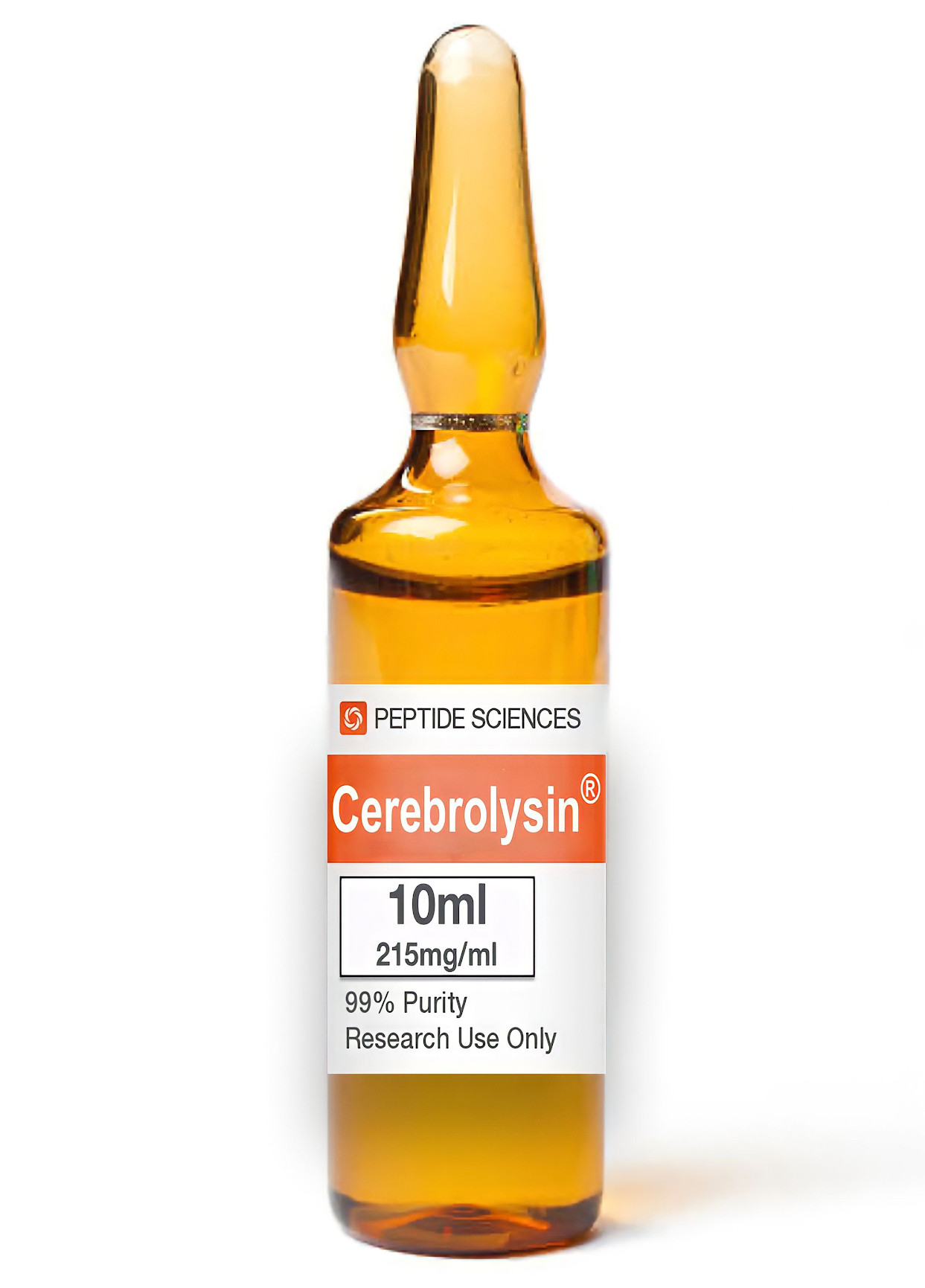
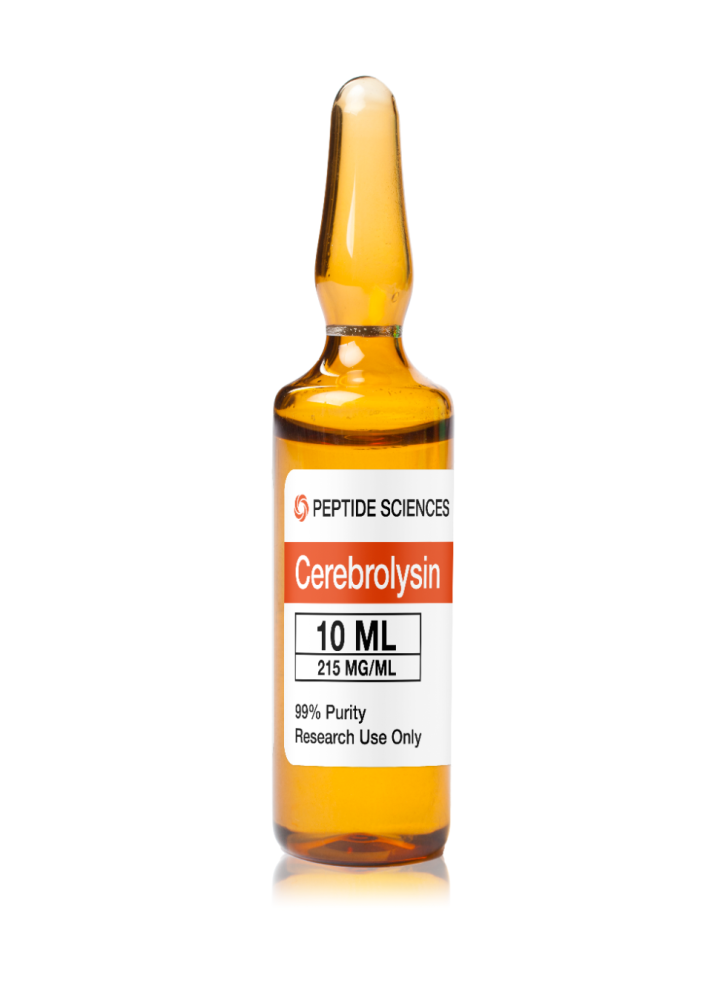
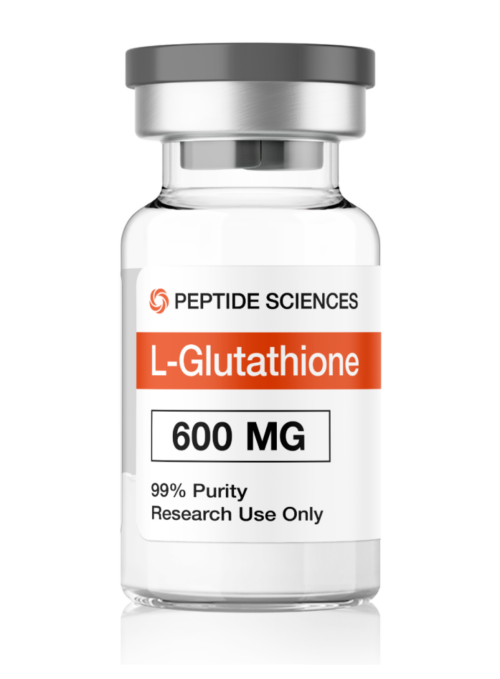
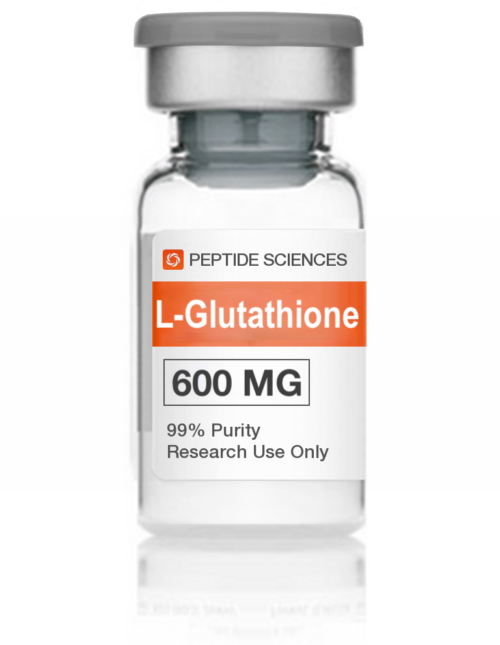
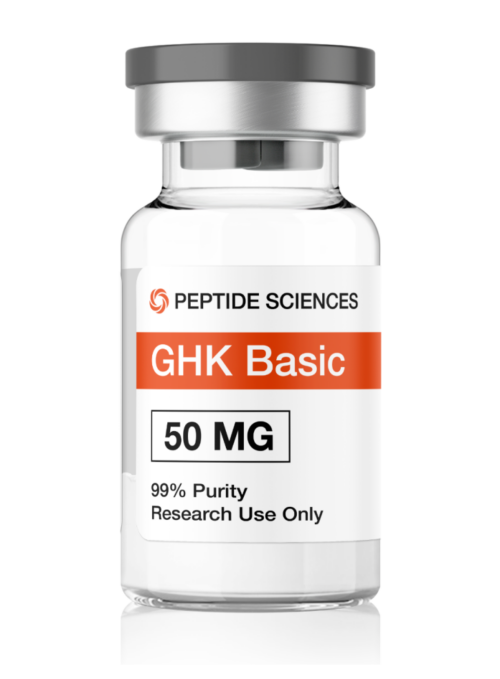
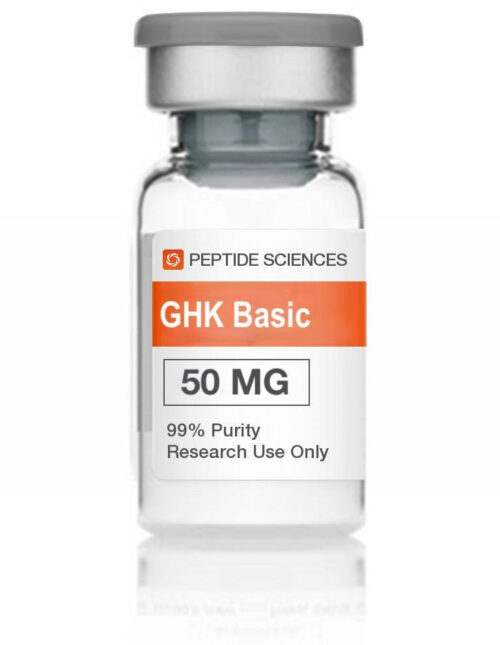
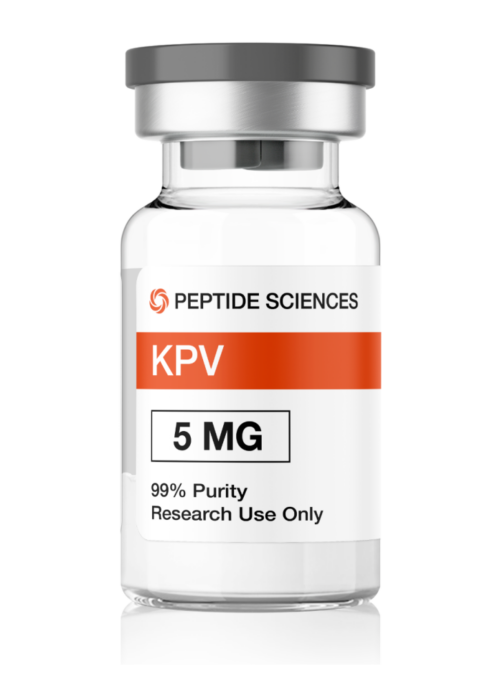
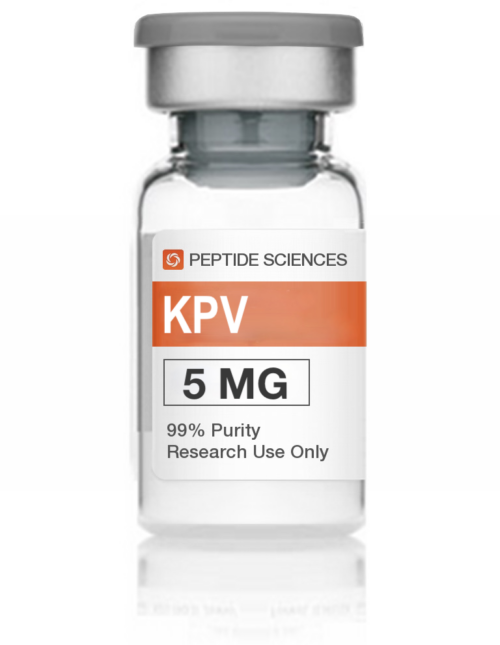
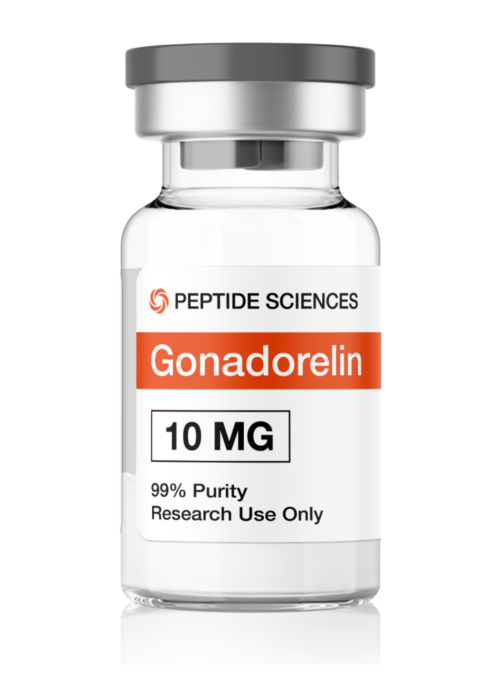
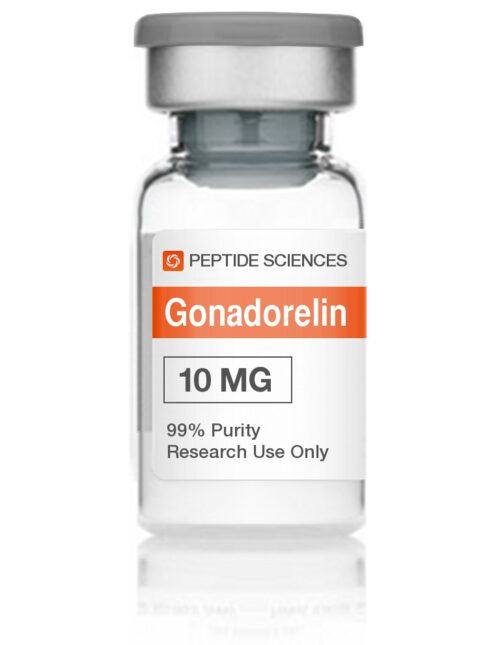
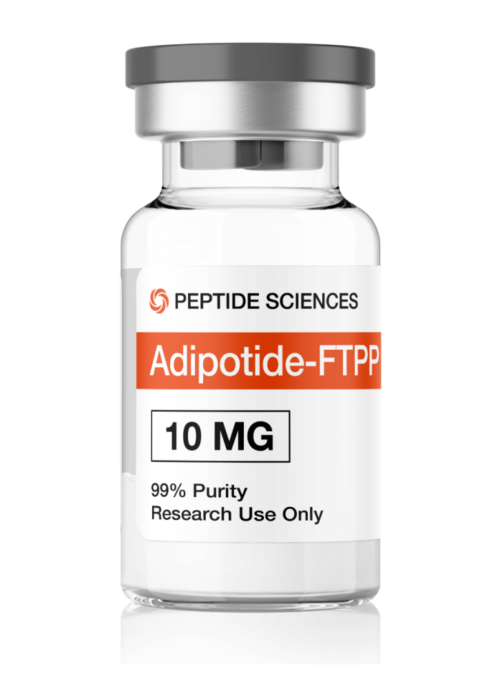
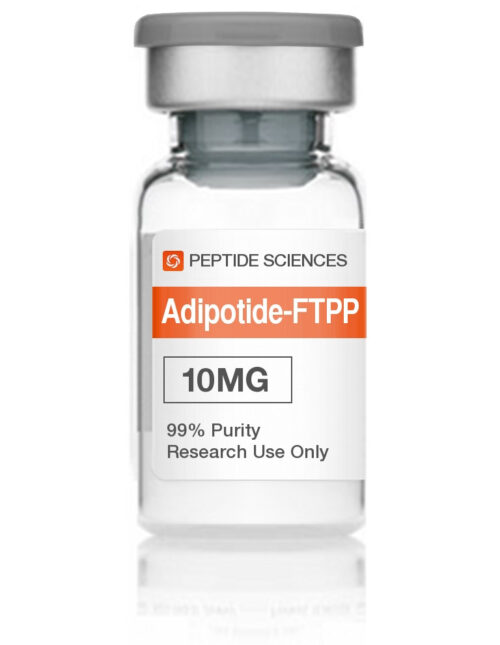
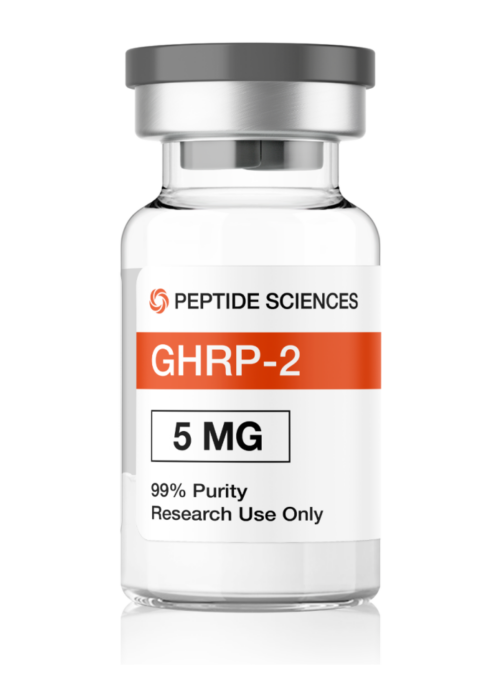
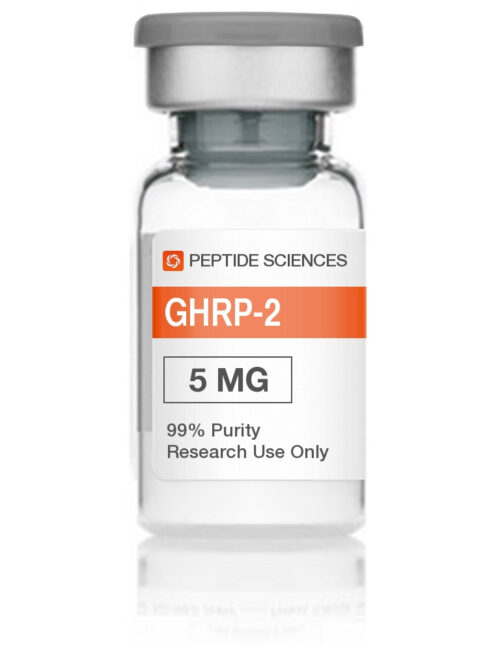
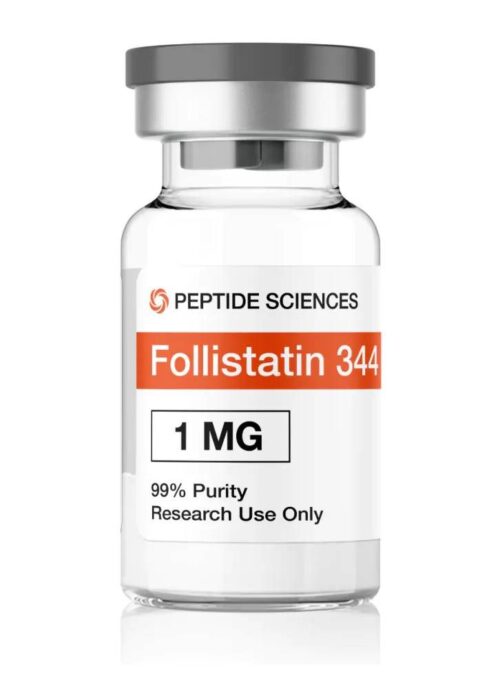
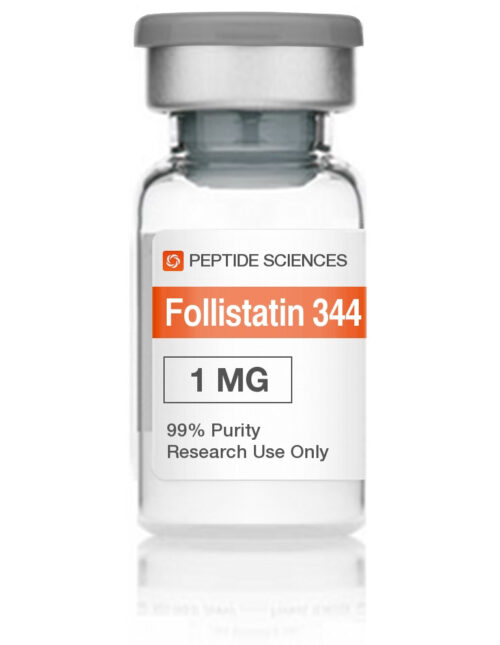
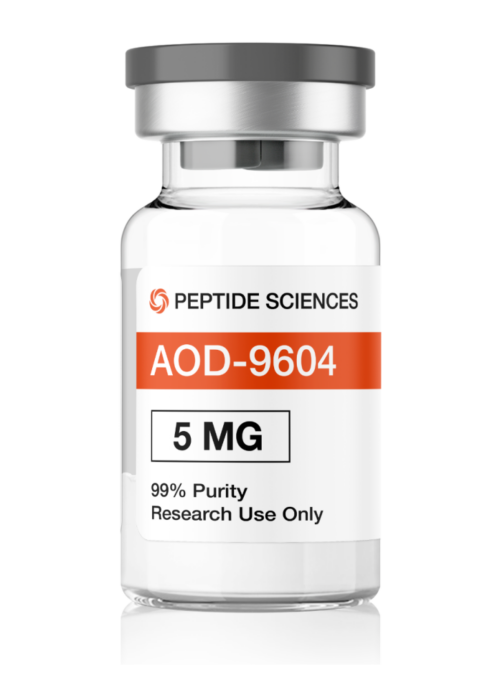
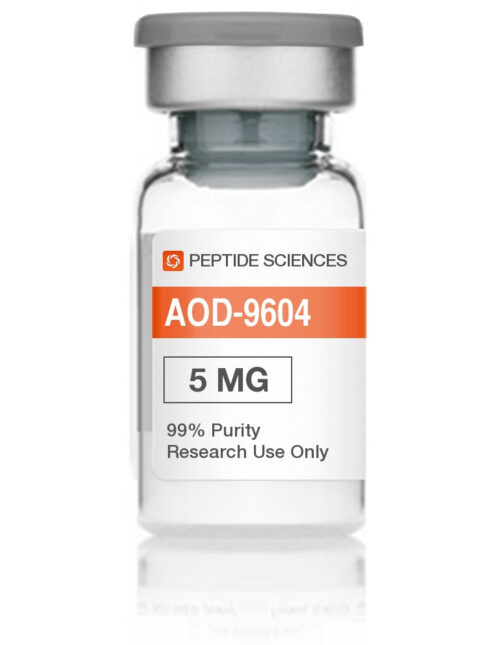

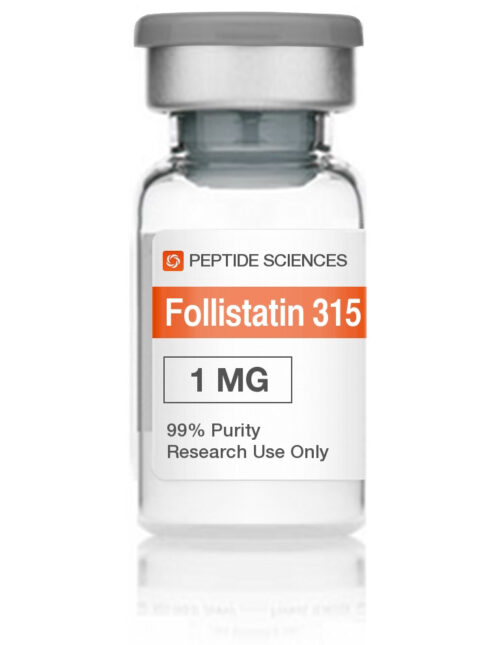
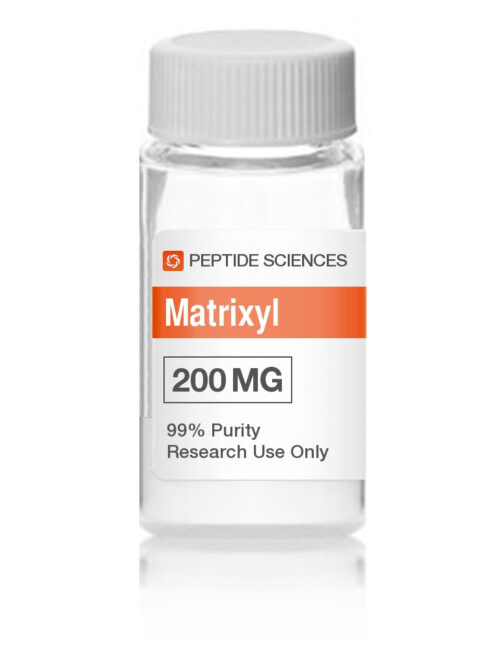
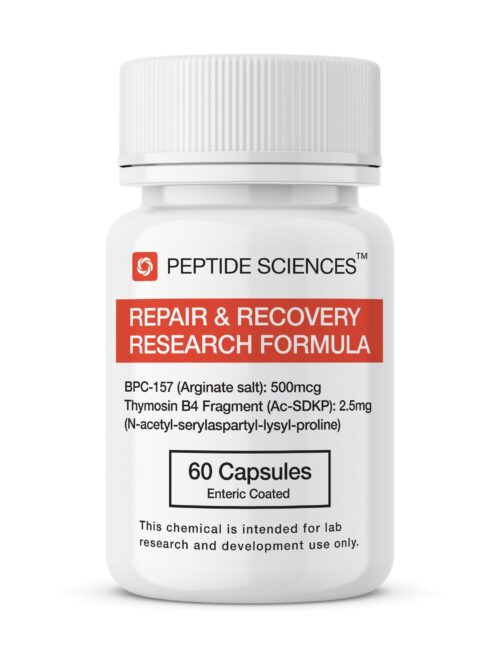
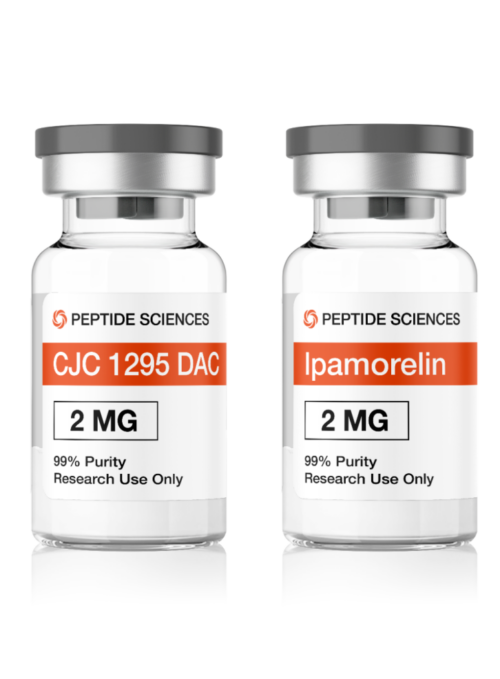

Reviews
There are no reviews yet.